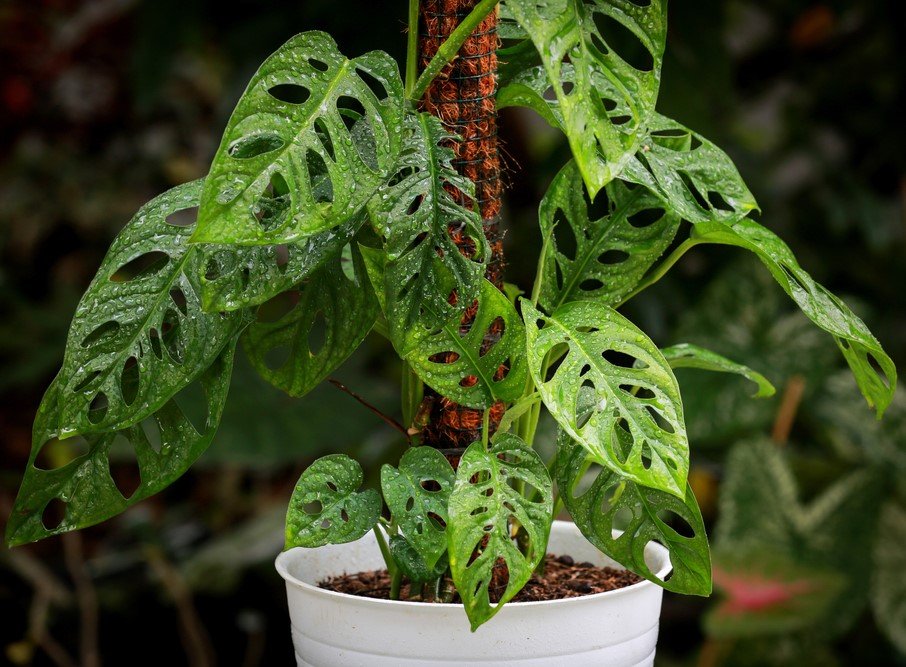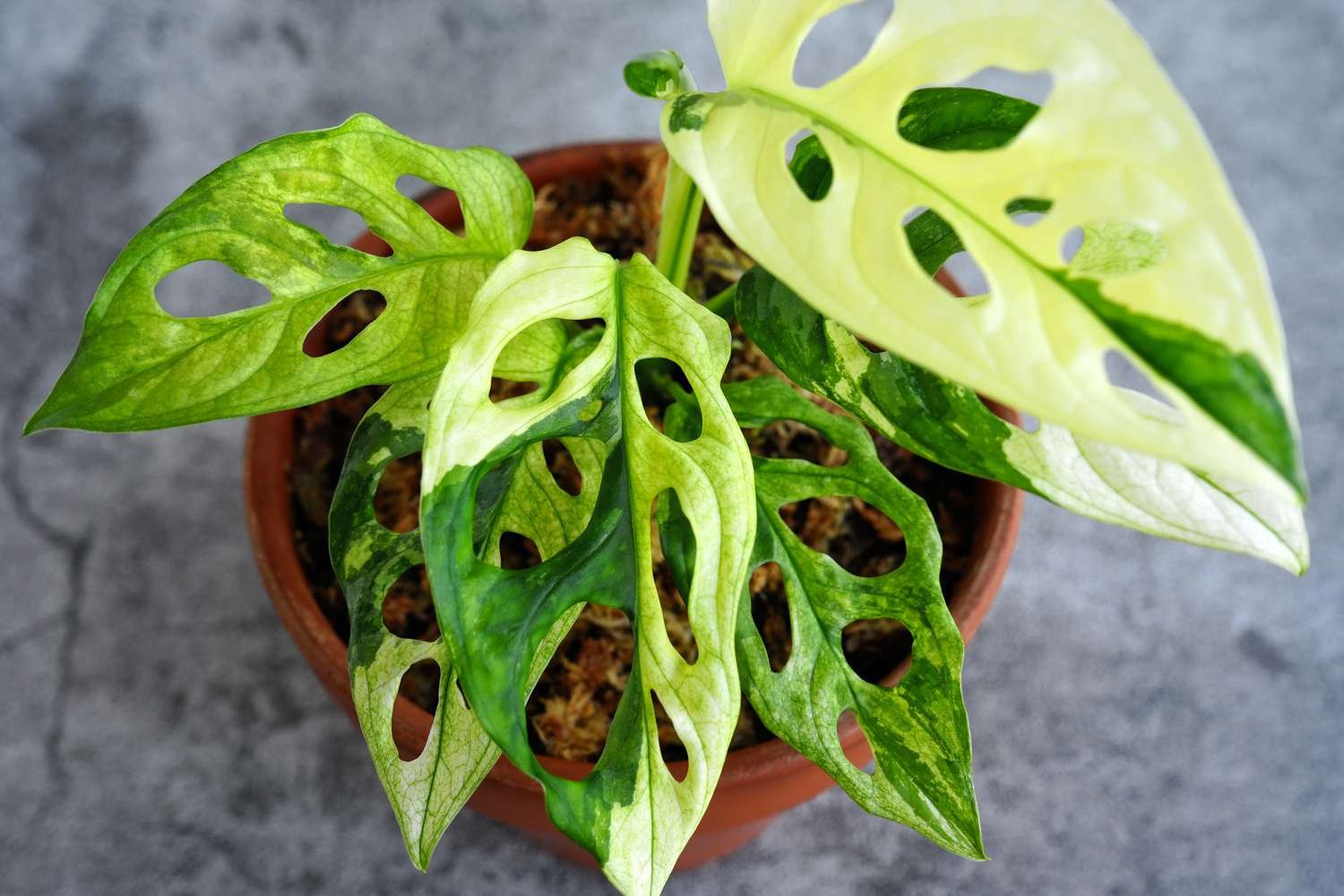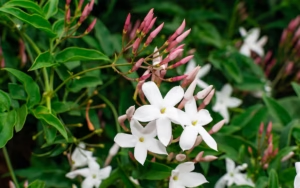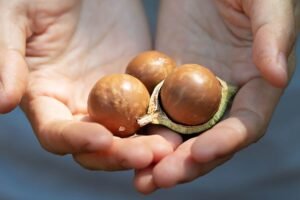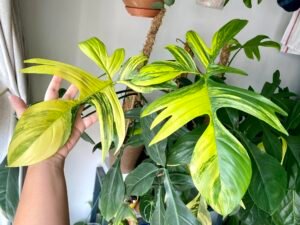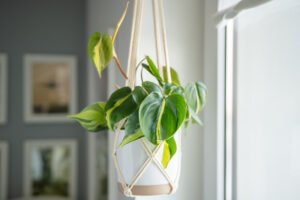Monstera adansonii, also known as the Swiss cheese vine, is a stunning houseplant admired for its vibrant green leaves and distinctive holes, or fenestrations. Whether you’re a seasoned plant enthusiast or a budding green thumb, this guide will teach you everything you need to know about growing and caring for this tropical beauty.
Quick Reference Table
| Common Name | Swiss Cheese Vine |
|---|---|
| Botanical Name | Monstera adansonii |
| Family | Araceae |
| Plant Type | Perennial, Vine |
| Mature Size | 3–8 ft. long (indoors), 10+ ft. (outdoors) |
| Sun Exposure | Bright, indirect light |
| Soil Type | Well-draining, nutrient-rich |
| Soil pH | Slightly acidic (5.5–7.0) |
| Hardiness Zones | 10–12 (USDA) |
| Native Area | Central and South America |
| Toxicity | Toxic to pets and humans |
Planting and Transplanting Monstera Adansonii
Planting a Monstera adansonii correctly sets the foundation for a thriving plant. These vines thrive when planted in a pot with adequate drainage and the right soil mix.
Planting
Choose a pot slightly larger than the root ball to allow room for growth. Ensure it has drainage holes to prevent waterlogging, as Monstera adansonii hates soggy roots. A good soil mix includes:
- 2 parts potting soil
- 1 part perlite or orchid bark
- 1 part peat moss or coco coir
Gently place the root ball in the pot, fill in with soil, and water thoroughly.
Transplanting
Monstera adansonii benefits from being repotted every 1–2 years. Signs it’s time to repot include roots growing out of the drainage holes or the plant becoming top-heavy.
Steps for Transplanting:
- Water the plant the day before to loosen the roots.
- Carefully remove it from its pot, handling the roots gently.
- Place it in a new pot 1–2 inches larger in diameter.
- Refill with fresh soil and water well.
Monstera Adansonii Care
Proper care ensures your Monstera adansonii flourishes. Here are the essential requirements:
Light Requirements
Monstera adansonii thrives in bright, indirect light. Too much direct sunlight can scorch its leaves, while too little light can stunt growth. If natural light is insufficient, grow lights can help.
Watering
Water when the top inch of soil feels dry. Overwatering can lead to root rot, so always check soil moisture first. Reduce watering during the winter months when the plant’s growth slows.
Humidity and Temperature
As a tropical plant, Monstera adansonii loves humidity. Aim for 50–60% humidity or higher. Use a humidifier or place the plant on a pebble tray filled with water. Ideal temperatures range from 65–80°F. Avoid placing it near drafts or heaters.
Fertilizing
Feed Monstera adansonii with a balanced liquid fertilizer every 4–6 weeks during spring and summer. Cut back on feeding in the fall and winter.
Types of Monstera Adansonii
There are two primary varieties of Monstera adansonii:
Monstera Adansonii Narrow Form
This type has smaller leaves and narrower fenestrations. It’s ideal for compact spaces or hanging baskets.
Monstera Adansonii Wide Form
Characterized by larger leaves and broader fenestrations, the wide form is more dramatic and grows well when trained to climb.
Pruning
Pruning keeps your Monstera adansonii healthy and encourages fuller growth. Remove yellow, damaged, or dead leaves regularly. To shape the plant, prune leggy stems, cutting just above a node. Pruned stems can be used for propagation!
Propagating Monstera Adansonii
Propagation is a fun and rewarding way to multiply your Monstera adansonii.
Propagation by Stem Cuttings
- Cut a healthy stem with at least one node and a leaf.
- Place the cutting in water, ensuring the node is submerged.
- Change the water weekly and watch for roots to develop.
- Once roots are 2–3 inches long, plant the cutting in soil.
Propagation in Soil
Alternatively, plant the cutting directly into a moist soil mix. Cover the pot with a plastic bag to maintain humidity until roots form.
Potting and Repotting Monstera Adansonii
Potting and repotting are essential for maintaining a healthy plant. As Monstera adansonii grows, its roots need more space.
Steps to Pot and Repot:
- Choose a pot with drainage holes.
- Use a lightweight, well-aerated soil mix.
- Handle the roots gently while transferring.
- Water thoroughly after repotting.
Repotting is best done in spring or early summer when the plant is actively growing.
Overwintering
Monstera adansonii is not frost-tolerant. During winter, keep it indoors in a warm, humid spot. Reduce watering and avoid fertilizing. Supplemental lighting may help maintain its growth.
Common Problems With Monstera Adansonii
Despite its hardy nature, Monstera adansonii can encounter some issues:
Yellow Leaves
Overwatering is the primary cause of yellow leaves. Check the soil’s moisture level and adjust your watering routine.
Brown Leaf Edges
Dry air or underwatering often causes crispy edges. Increase humidity or water more consistently.
Leggy Growth
Insufficient light causes leggy growth. Move the plant to a brighter location or provide grow lights.
Common Pests & Plant Diseases
Monstera adansonii is susceptible to pests and diseases if not cared for properly.
Pests
- Spider Mites: These tiny pests suck sap from the leaves, causing yellow spots. Wipe leaves with neem oil or insecticidal soap.
- Mealybugs: Cottony white clusters can be removed with a cotton swab dipped in alcohol.
Diseases
- Root Rot: Caused by overwatering. To prevent this, ensure proper drainage and avoid waterlogged soil.
- Leaf Spot: Fungal or bacterial infections cause brown or black spots. Remove affected leaves and improve airflow around the plant.
How to Get Monstera Adansonii to Bloom
Monstera adansonii rarely blooms indoors, but with the right conditions, you might see flowers outdoors in tropical climates. Focus on providing:
- High humidity
- Consistent warmth
- Nutrient-rich soil
- Ample bright, indirect light
If flowers appear, they’ll resemble small, white spathes similar to peace lilies.
FAQ
Q: Is Monstera adansonii pet-friendly?
A: No, it’s toxic to cats, dogs, and humans if ingested.
Q: How fast does Monstera adansonii grow?
A: With optimal care, it can grow several feet per year.
Q: Can Monstera adansonii grow outdoors?
A: Yes, in USDA zones 10–12 or in warm, tropical climates.
Q: Why isn’t my Monstera adansonii growing?
A: Common reasons include insufficient light, improper watering, or lack of nutrients.
Q: Does Monstera adansonii need a moss pole?
A: While not essential, a moss pole helps it climb and develop larger leaves.
Read also: Dragon Tree: How to Grow and Care for Dragon Tree

